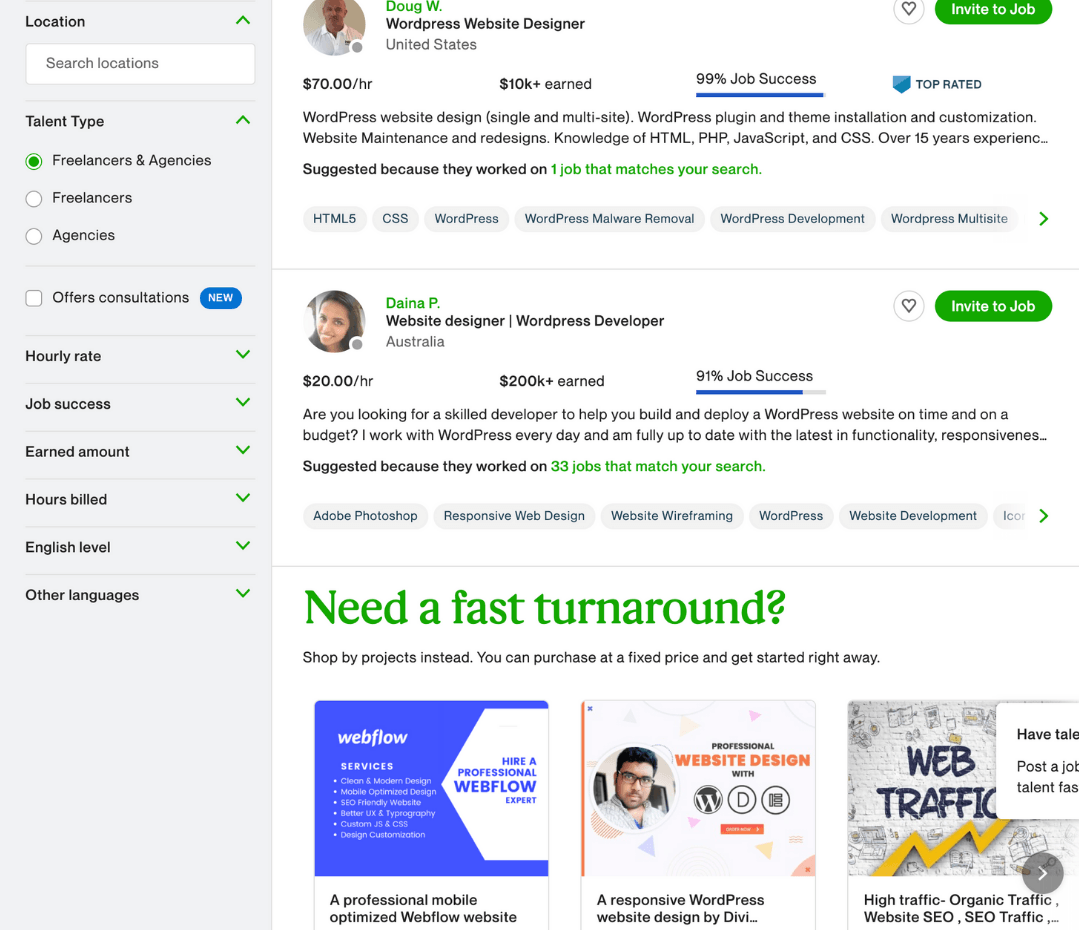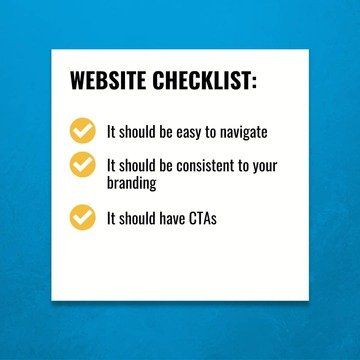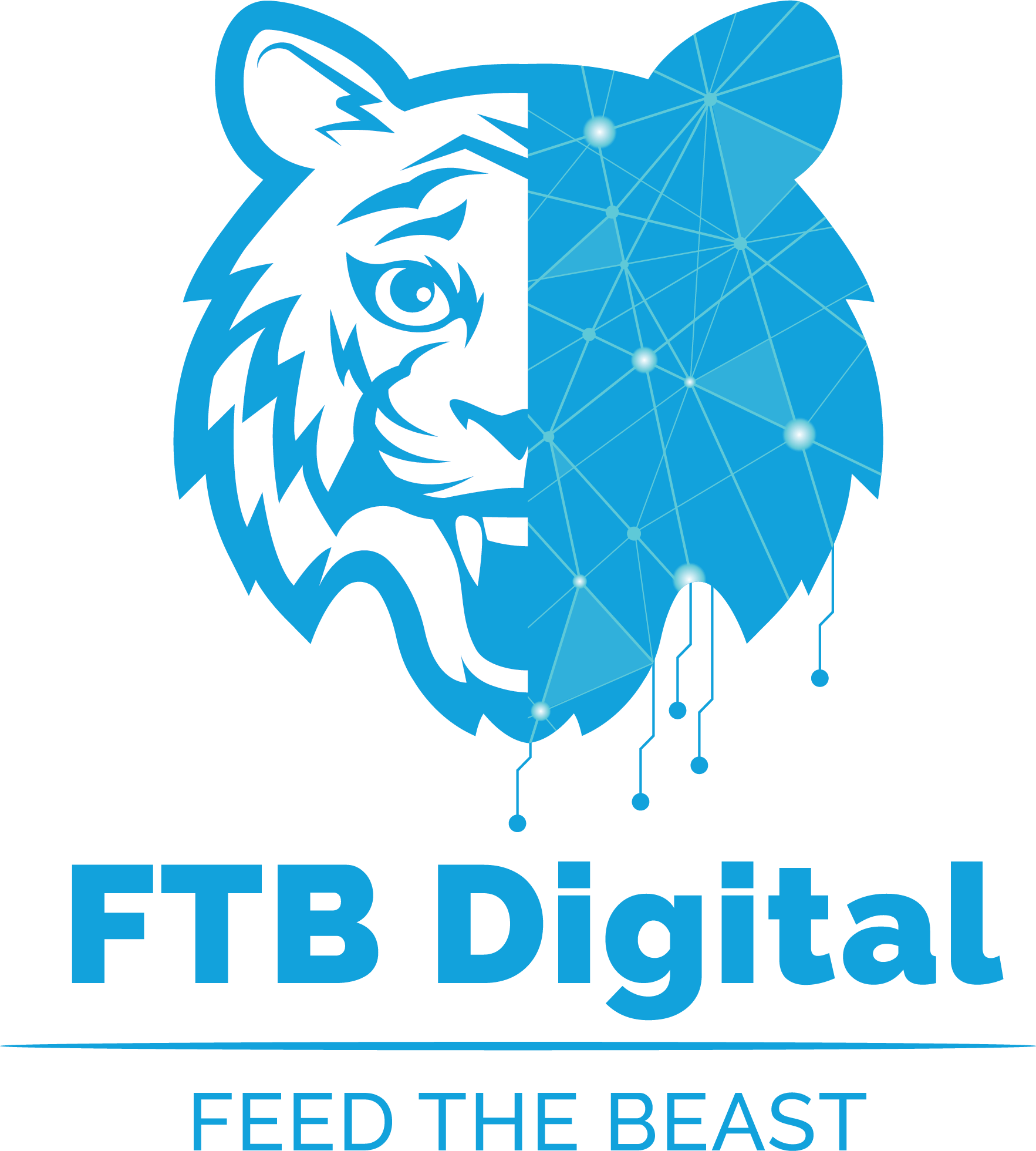Feed the Beast Marketing: Essential Content and SEO Strategies for Small Business Growth
A strong content marketing strategy is essential for small businesses looking to improve SEO, build trust, and increase online visibility.

For entrepreneurs and small business owners, creating a steady stream of quality content isn’t just about quantity—it’s about relevance, value, and consistency. Regular website updates help businesses stay competitive, foster audience trust, and ensure they’re making progress in search engine optimization efforts. Understanding how to plan and maintain a blog publishing schedule can lead to meaningful growth in digital visibility and inbound traffic.
Key Takeaways
- Consistency and relevance are essential for effective content marketing.
- Ongoing website updates support trust and boost SEO.
- Tracking and adjusting strategies is key for small business growth.
Content Marketing Strategy for Small Business Growth
Effective content marketing strategy builds brand awareness, drives targeted website traffic, and supports business value. Small businesses can see measurable growth by setting clear content goals, understanding their audience, and matching content types to what matters most for their company.
Establishing Clear Content Goals
Defining specific content goals is the foundation of any successful marketing strategy. Goals might include increasing website visitors, growing an email list, generating qualified leads, or improving search engine rankings. Each objective should be measurable and closely linked to the business’s overall marketing strategy.
Small businesses benefit most by selecting 2-3 primary content goals that directly impact revenue or customer engagement. For example, a local service company might set goals to drive more appointment requests through informational blog posts. Use a table to track progress:
| Content Goal | Metric to Measure | Timeline |
|---|---|---|
| Grow website traffic | Sessions/month | Quarterly |
| Increase email subscribers | New signups/month | Quarterly |
| Boost qualified lead inquiries | Form submissions/month | Quarterly |
Defining Your Target Audience and Buyer Personas
Understanding the target audience is necessary before creating content. Small businesses should build detailed buyer personas that describe ideal customers, including age, industry, challenges, and decision-making habits.
Collect data using:
- Analytics tools (Google Analytics, social media insights)
- Customer surveys and interviews
- Reviewing existing customer profiles and feedback
These buyer personas help businesses choose topics and messaging that resonate with real customer needs. Content tailored to actual audience interests leads to higher engagement and improved SEO results.
Aligning Content Types with Business Value
Not all content types contribute equally to business value. Companies should align blog articles, FAQ pages, case studies, or videos with specific brand awareness and conversion objectives.
For example:
- Blog posts can target SEO keywords for search engine rankings
- Case studies showcase expertise, building online trust
- FAQ sections reduce customer support workload
Select content formats that address the buyer persona’s habits and common questions. Schedule regular updates to keep information fresh and valuable, signaling credibility to both users and search engines. Consistent publishing and content variation support a stronger digital presence and organic website traffic growth.
SEO Content Creation and Optimization Techniques
Effective SEO content creation combines precise keyword targeting, relevant content formats, and sound on-page optimization to increase digital visibility and site trust. Strategic content development and ongoing repurposing extend content lifespan and amplify inbound marketing efforts.
Keyword Research and Search Intent
Keyword research is essential for every website content plan. It involves using tools such as Google Keyword Planner, SEMrush, or Ahrefs to find targeted terms with a balance of search volume and competition. Small businesses focus on long-tail keywords to attract niche audiences and improve ranking chances.
Understanding search intent is critical in SEO. Users intent may be informational, navigational, or transactional. Matching content to these intents ensures higher engagement and search relevance. Optimizing for synonyms, related queries, and commonly asked questions enhances content visibility.
A simple keyword map organizes pages by primary and secondary keywords. This approach avoids cannibalization and creates a structured architecture for search engines and users.
Content Format Selection and High-Quality Content
Successful SEO content creation involves choosing the right content format for each topic and keyword. Options include blog posts, guides, videos, infographics, and FAQs. Each format serves different intent and engagement needs. For example, how-to posts work well for tutorials, while comparison tables suit product reviews.
High-quality content stands out through clarity, relevance, and depth. It must be original, fact-checked, and valuable to the target audience. Including bulleted lists, clear headings, and concise paragraphs improves readability and dwell time, signals valued by Google’s algorithm.
Quality content is updated regularly to stay relevant. Outdated information can undermine trust and reduce rankings. Conduct regular content audits to identify underperforming pages and refresh them as needed.
On-Page SEO for Website Content
On-page SEO involves optimizing elements directly visible or accessible on a web page. Important factors include title tags, meta descriptions, headers (H1–H3), and internal linking structure. Each should target the page’s primary keyword without stuffing.
Images should include descriptive, keyword-focused alt text. Fast mobile-friendly site design and clear navigation support both user experience and search rankings. Use schema markup to enhance search result appearance, highlighting reviews or FAQs where relevant.
Internal links guide visitors and search crawlers to related content, increasing content discoverability and time on site. Outbound links to authoritative sources strengthen content credibility and trust in the eyes of both users and search engines.
Repurposing Content to Expand Digital Reach
Repurposing content leverages existing assets by adapting them to new formats and channels. For example, an in-depth guide can be split into a series of shorter blog posts, infographics, social media updates, or email newsletters.
Turning webinars into articles or converting statistics into shareable graphics expands the original content’s reach and improves ROI. This approach saves time while covering more keywords and diverse search intents.
Use analytics to identify top-performing content pieces for repurposing. Consistently updating and reformatting valuable information increases visibility, supports trust building, and maintains a steady website publishing schedule.
Website Content Tips and Ongoing Updates
Effective website content management requires both consistency and regular updates. These practices improve search engine rankings, support user experience, and strengthen online trust.
Maintaining Content Consistency
Content consistency ensures that website visitors know what to expect every time they return. Businesses should follow a well-defined content plan, publishing new content at regular intervals and using a uniform voice and style. This reduces confusion, builds brand reliability, and keeps information organized.
A content calendar can help maintain consistency. This tool outlines topics, publishing dates, and responsible team members. Regular scheduling also signals to search engines like Google that a website is actively maintained, which can enhance digital visibility.
By sticking to a consistent format—such as weekly blogs, monthly newsletters, or timely product updates—companies support user experience and simplify content management. Consistency makes it easier to track performance and adjust strategies to meet business goals.
Regular Website Updates and Fresh Content
Providing fresh website content is essential for both SEO and user engagement. Search engines favor recently updated sites, ranking them higher for relevant queries. Regular website updates, such as adding new blog posts, revising outdated pages, or enhancing images and links, signal that a business is active and trustworthy.
Businesses should monitor their web pages to ensure information remains accurate and up to date. New products, services, and company news should be reflected on the site as soon as possible.
A checklist for updates includes:
- Reviewing existing pages for outdated details
- Adding industry news or helpful resources
- Refreshing images and formatting
- Removing broken links
Maintaining fresh content helps attract repeat visitors, increases website traffic, and supports ongoing SEO efforts.
Blog Publishing Schedule and Content Distribution
Maintaining a steady blog publishing schedule boosts website visibility and helps build search engine trust. Successful content marketing depends on planning, proactive promotion, and varied formats to reach diverse audiences.
Developing a Content Calendar and Publishing Routine
A content calendar structures the blog publishing schedule, giving clear deadlines for articles, videos, infographics, and other content types. This helps teams plan topics around seasonal trends and business goals, ensuring timely content production.
Consistency matters. Publishing new blog posts weekly or biweekly keeps the website relevant in search engine results and signals reliability to readers. The content calendar often includes white papers and case studies to support SEO efforts and showcase expertise.
Tracking progress in a shared online tool, such as a spreadsheet or project management app, increases efficiency. Assigning responsibilities and setting reminders help prevent missed deadlines and improve workflow across the team.
Promoting Blog Posts Across Digital Channels
After publishing, promotion is vital. Sharing blog content on social media channels—like Facebook, LinkedIn, and X—increases reach and drives website traffic.
Email marketing is another effective distribution method. Sending new posts to subscribers boosts engagement and keeps customers informed. Integrating blog snippets into newsletters can enhance open and click rates.
Paid promotion, such as sponsored posts or ads, can further extend reach to target markets. Using UTM tracking codes helps measure which platforms deliver the best results, allowing for continuous optimization of the promotion strategy.
Content Formats: Articles, Videos, and Infographics
Diversifying content formats caters to different audience preferences and can boost engagement. Blog content may include long-form articles for in-depth topics, videos for demonstrations or interviews, and infographics for data visualization.
Each format serves a distinct purpose. Articles help improve SEO and authority, while videos and infographics make complex topics more accessible and shareable on social media. White papers and case studies can also be highlighted through blog posts, offering value to business clients and decision-makers.
Planning the balance and frequency of each format within the content calendar keeps the website fresh and appealing to both users and search engines.
SEO and Trust Building for Online Presence Growth
Growing an online presence requires both high search visibility and genuine audience trust. These two factors work together to improve Google rankings, drive traffic, and encourage customer loyalty for small businesses and entrepreneurs.
Google Ranking Strategy and Backlink Acquisition
A strong Google ranking strategy relies on several elements. Essential points include on-page optimization (such as keyword placement and metadata), technical site health, and fast loading speeds. However, high-quality backlinks remain a central part of content-driven SEO.
Websites with authoritative links from relevant sources signal reliability and expertise to search engines. Backlinks from industry-related blogs or partnerships display both trustworthiness and reputation. This increases domain authority, resulting in better ranking on search results.
Small businesses should seek backlinks through guest posting , partnerships, and local business directories. Consistent mentions from reputable sites boost visibility while reinforcing brand values and expertise in the niche.
Building Customer Trust Through Valuable Content
Trust building begins with transparency and clear communication. Websites that regularly share practical insights , product details, and solutions to customer problems are seen as more credible and trustworthy.
Valuable content goes beyond marketing. It answers common questions and uses straightforward language. When site visitors find useful articles or clear explanations, their willingness to engage and return increases.
A business’s brand values must be reflected in each published piece. Sharing unique perspectives, testimonials, or case studies further encourages trust. Businesses that educate, rather than just sell, often experience higher customer loyalty and increased conversion rates.
Content is King: Why Blogs Matter for Entrepreneurs
Regular blog publishing provides a steady stream of fresh website content. This signals activity and relevance to Google’s algorithms. New blog posts keep a website updated, which can lead to higher crawling frequency and better rankings.
Blogs also create opportunities for internal and external linking. This supports both search engine optimization and navigation for users. Lists, how-tos, and opinion pieces help establish authority and expertise in a given field.
For entrepreneurs, blogs offer space to share industry trends, advice, or success stories. This builds a connection with the audience and demonstrates a commitment to providing ongoing value—an essential part of long-term online presence growth.
Measuring Content Marketing Success and Continuous Improvement
Content marketing requires ongoing evaluation to ensure it drives results. Effective strategies depend on understanding key performance indicators, adjusting website content plans, and prioritizing digital relevance.
Tracking ROI and Key SEO Metrics
Accurate measurement of return on investment (ROI) is essential for any content strategy. Key metrics include organic website traffic, conversions from Calls-to-Action (CTAs), keyword rankings, and engagement rates. Small businesses should use data from analytics tools like Google Analytics, Google Search Console, and CRM systems to assess performance.
A simple table can help track critical metrics:
| Metric | Goal | Current Value |
|---|---|---|
| Organic Traffic | Increase by 20% in 6 months | 5,000/month |
| Conversion Rate | Maintain above 2% | 2.4% |
| Bounce Rate | Below 55% | 50% |
| Keyword Rankings | Top 10 for 8 topics | 6/8 |
Regular audits help chief marketing officers and owners see what content clusters or campaigns deliver the best results. This transparency guides investment in future campaigns to maintain or increase ROI.
Adapting Your Website Traffic Strategy
Website traffic should not be left to chance. Businesses must refine their content strategies by analyzing which pages and blog posts draw the most qualified visits. Topic clusters can organize related content to encourage deeper site exploration.
Lists simplify actions for improvement:
- Monitor engagement patterns and bounce rates.
- Test and refine CTAs for better inbound marketing results.
- Update underperforming topic clusters with fresh insights.
- Experiment with publishing frequency to discover the optimal schedule.
This adaptive approach supports digital marketing goals by aligning content updates with audience interests and SEO changes. A dynamic, data-driven website traffic strategy improves both immediate and long-term visibility.
Publish or Perish: Staying Relevant in Digital Marketing
A stagnant website loses relevance with both search engines and users. Regular content updates signal to Google that the site remains active and valuable, supporting better rankings and sustained website traffic.
Effective blog publishing schedules help maintain consistency and trust. Companies should incorporate ongoing content audits, ensure clear messaging around brand expertise, and use CRM feedback to address key customer questions.
Staying visible in digital search relies on persistent effort. Frequently refreshed content and strategic updates allow small businesses to compete for attention, improve inbound marketing results, and build lasting online trust.







